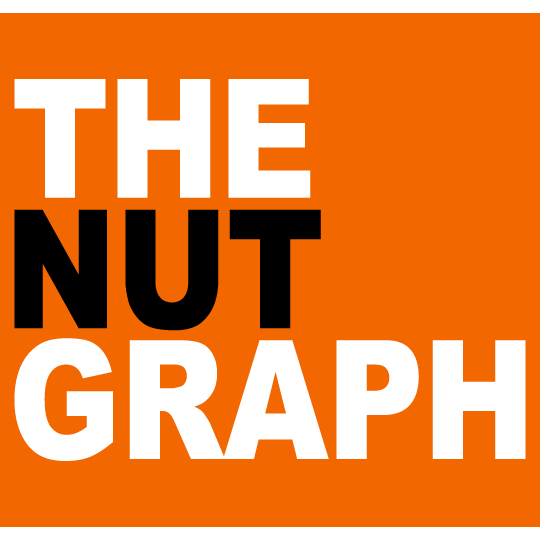
(© Sebastian Kaulitzki / 123rf)
REMINISCES are, by their very nature, flawed.
Memories are stored in the brain as a hodgepodge of sights, sounds, smells, tastes and tactile sensations, haphazardly filed away in different parts of the cortex, with the hippocampus acting as the control centre. There’s just so much information coming in that the brain has to decide which is the most important to store away for our long-term memory.
This is precisely why one should be wary of autobiographies, memoirs and essays loaded with childhood remembrances. Scientists say memories of our past are seriously coloured by our cultural upbringing and experiences as an adult. In other words, we see ourselves not as we really were, but as we think we were.
Between the two, there is a very wide gulf. Psychologist Elizabeth Loftus said it best: “Memory is a creative event, born anew every day. You fill in the holes every time you reconstruct an event in your mind.”
There is a very human tendency to paint ourselves in the best possible light, allowing us to airbrush our faults and even alter our memory of events in a way that we’d like them to be. Really, our memory is thoroughly untrustworthy. Criminal attorneys will tell you as much: when it comes to proving a case, material evidence is preferable by far to eye-witness testimony.
Knowing this, we are still generally a forgiving lot, especially when it comes to celebrities (really, do you expect David Beckham’s My Side autobiography — and I’m using the term very loosely here — to be anything but self-serving?).
Banal writing aside, the books offer little to inspire fans, much less the casual reader. Frankly, I’m inclined to believe all the British footie bios are written by the same bunch of ghost writers who have drunk long and deep from the well of mediocrity.
Some memoirs (technically a subclass of autobiographies, but both terms are mostly interchangeable) are just plain vanity exercises; some are used to settle old scores (this is especially true of political memoirs); still others are mostly made up (James Frey’s A Million Little Pieces is a fine example).

The Last Lecture
One recent memoir that touched many a heart is The Last Lecture (publisher: Hyperion, RM34.90) by Carnegie Mellon University Professor Dr Randy Pausch (with Jeffrey Zaslow).
The memoir is actually an extension of a lecture that Pausch gave as part of Carnegie Mellon University’s The Last Lecture series. The series, which has been renamed Journeys, involves inviting professors to consider their demise and ruminate on what matters most to them.
For most people, this is a chance to mull over what wisdom they would impart to the world if they knew this was their last chance to do so. For Pausch, who was suffering from pancreatic cancer, it took on another, more literal dimension: in August 2007, he had been told that the cancer was terminal, and that he had mere months of good health left.
Pausch was 47 at that time, a computer science professor who was father to three young children. Rather than pull out of the lecture he had been slotted for, Pausch decided to use it as a way of communicating to his children the importance of childhood dreams, and how to nurture, persevere and achieve them.
Using a multitude of slides and a very homespun approach, Pausch took the audience on a simple but heartfelt journey through the major touchstones of his life. His lecture was all the more poignant for its lack of dramatics — there was just Pausch, a PowerPoint presentation, and a powerful message.
The lecture was videotaped and soon found its way onto the internet, where it went viral, with more than six million downloads, and counting.
Pausch became an instant celebrity. Numerous articles were written about him in the print media, and there were TV appearances. He even gave an abridged version of his lecture on The Oprah Winfrey Show, where his simple but heartfelt words inspired millions to dust off the dreams of their childhood and reassess their lives.

Pausch with the commemorative plaque for his bestselling book (Courtesy of Hyperion Books)
The Last Lecture, the book, is the result of 20 hours of material dictated to Zaslow during Pausch’s daily run. It provides context to the messages imparted at the lecture, filling in the details of Pausch’s life and elaborating on the themes he touched on.
If on stage Pausch had appeared superhuman, within the pages of this slim volume you will find the simple tale of a brash young boy who always believed in himself, and the people who made a difference in his life.
I found it fascinating that one man’s lecture has made such an impact through a variety of media, progressing from stage to the internet, and then to print and television, and finally into the world of book publishing. (No doubt there’ll be a Hallmark movie at some point.)
Even more amazing is that Pausch’s core message has retained its flavour through all its permutations — a feat that is truly incredible in this day and age of sound bites and summaries.
On 25 July 2008, Pausch passed away at home. He was three months shy of his 48th birthday. It’s easy to forget that sometimes, the simplest message is the hardest to understand and accept. Pausch put it in perspective, and we are all grateful to him. ![]()
N Shashi Kala is The Nut Graph’s news and analyses editor. She is an indiscriminate reader who has given away more books than most people read in a lifetime. Alas, this was done for the lack of shelf space in her apartment and not for any altruistic purpose.


Shobana says
Pausch’s message and communicating method was so simple yet poignant, cutting across barriers of race and age. His last lecture was indeed a gift to inspire the world.